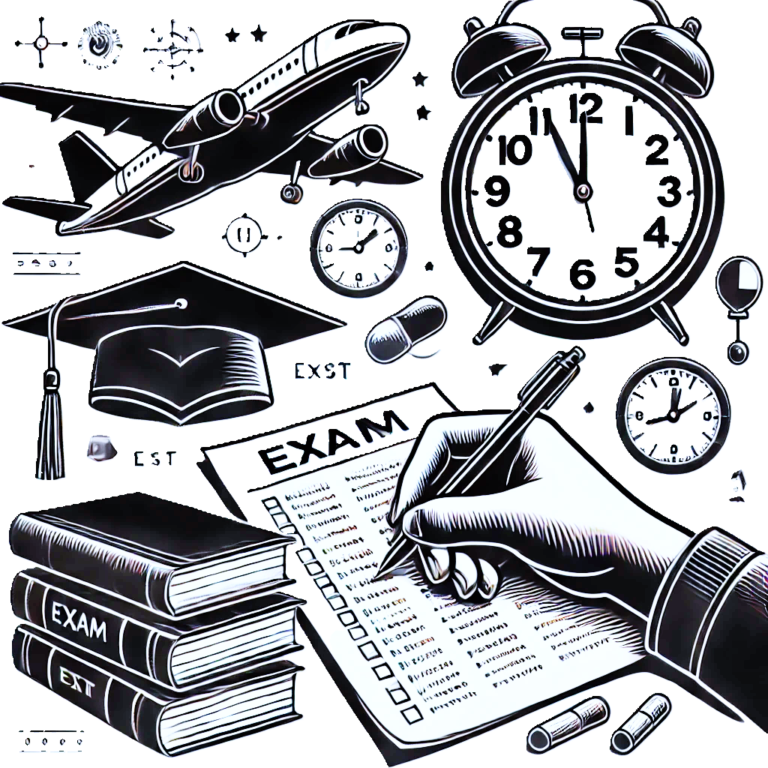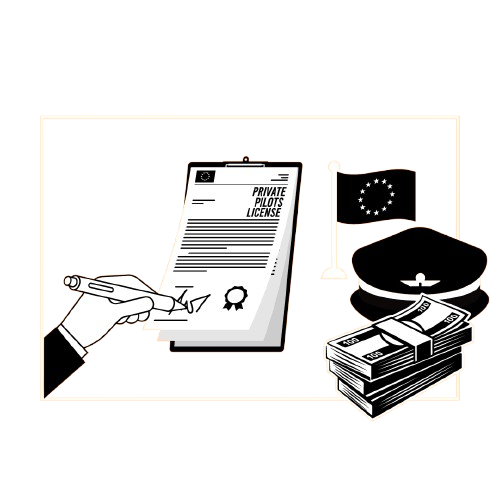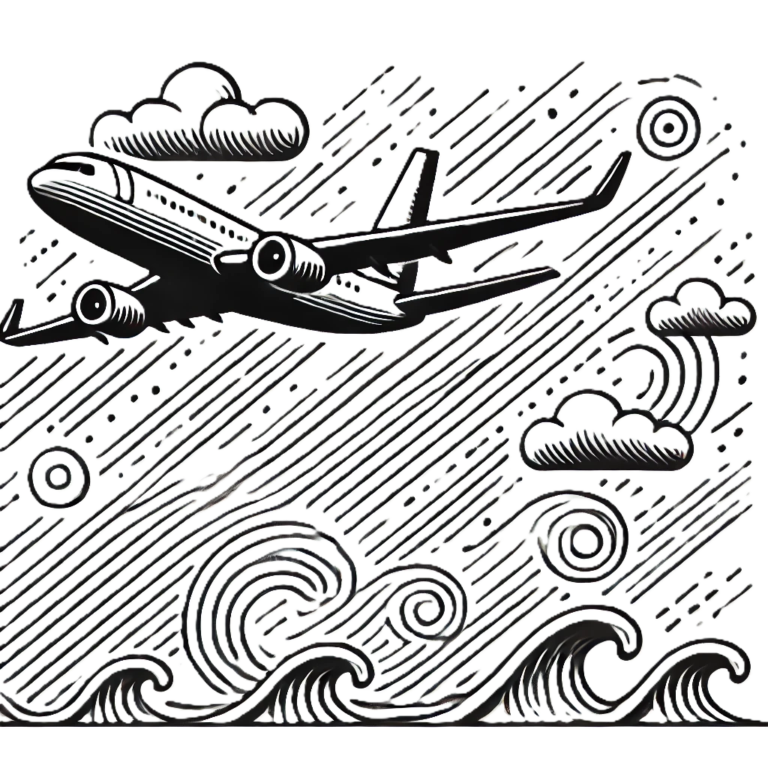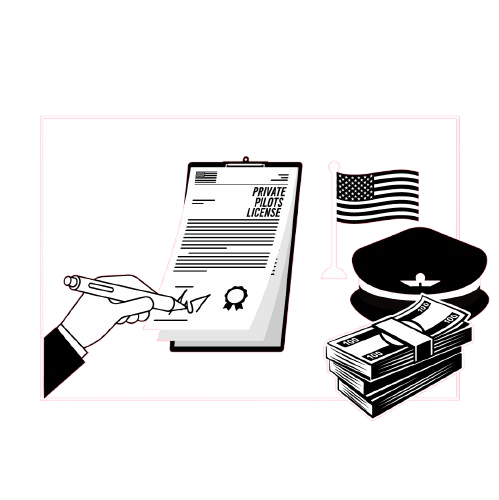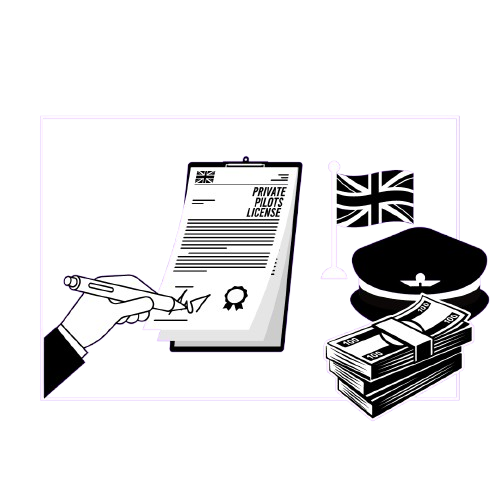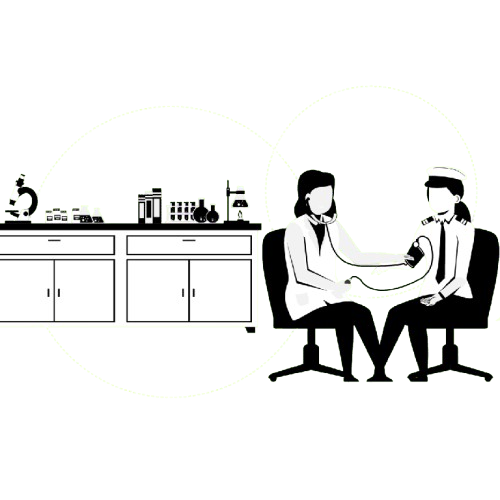How To Pick The Best Flight School
FLIGHT SCHOOL – 10 MIN READ
How do you find the best flight school?
If you are considering becoming an airline pilot, you must complete a professional pilot program at a flight school to qualify for the necessary license.
Indeed, to become a commercial pilot, cadets will have to complete a training course set out by a flight school that will provide them with all of the necessary ratings and legibility requirements to fly for regional and major airlines.
But with so many schools offering their services and claiming to be the ‘best’ flight school, how do you pick the best one?
The most important factor is how likely you are to get a job after training with this flight school. Read on for an explanation about this.
I was in your position about ten years ago. I was 18 years old with zero experience with flying and no idea how or where to start my pilot training, so I wrote the world’s best how to become a pilot guide.
The Importance Of Choosing The Right Flight School
Paying a flight school for your pilot training is arguably one of the biggest investments you will ever make.
This is because the cost to become a commercial pilot can be over $75,000.
Therefore, you must choose a flight school that will provide you with an efficient path to getting your license and a school that will give you the best chance of getting employment.
Your Chance Of Getting A Job – Airline Hiring Relationships
While it’s essential to find a flight school that ticks all of the boxes in terms of prices, location, etc, what’s important is:
After completing your pilot training, how likely will you get a job as an instructor (in America) or with a regional or major airline (UK and Europe)?
You might think everyone with the necessary pilot license has an equal chance of getting a pilot job. But sadly, you would be wrong to assume this.
Some flight schools have special relationships with regional and major airlines, increasing your chances of getting an airline job.
Also, some airlines have a better pass/success rate than others.
Ultimately, you are paying a substantial amount of money to become a commercial pilot and to get a job as a pilot. If not, it’s just an expensive and inefficient way of spending almost a tenth of a million dollars/pounds.
This was the biggest factor when I was picking a flight school and starting my journey as an airline pilot.
How Many Cadets Have Gone On To Get Jobs?
For example, if a flight school has trained 500 cadets in the last five years and only ten have received airline jobs, this isn’t the school to pick.
Pilots in the UK and Europe can join a major airline as a first officer immediately after pilot training with a Froze Airline Transport Pilots License (sometimes called an ATP or ATPL).
Pilots in America/United States need flight 1500 flight hours before joining an airline due to the 1500-hour rule. Even then, they are unable to join a major airline (like United Airlines, or Delta).
Most will get these additional hours by working as an instructor. This eligibility is set out by the Federal Aviation Administration (FAA).
How To Find The Information On Pilot Job Placement?
Ensure you get the statistics of how many cadets graduated from the FTO that year and how many graduate cadets were placed with airlines or just within general employment in America.
Get the statistics for the previous five to ten years, as this will provide general information and will take out all of the swings with the changes in demand in the industry.
It’s essential to do your research when searching for a flight school, as this is potentially one of the most significant investments of your life.
Know Exactly What’s Included In Your ATP Flight School Package
Don’t you just hate it when you purchase something that doesn’t do what it says on the box?
The devil is often in the detail, and this is the same with pilot training.
You must be 100% sure you know what qualifications you will achieve at the end of your pilot training.
For example, some programs will qualify you with everything, including a multi-engine and Instructor Rating (with the necessary extras giving you a CFI-I). However, some will include some parts and leave out others.
*Again, pilots in the UK/Europe will not require their instructor’s rating, as they won’t need to build 1500 hours as they are eligible for airline employment after training.*
For example, some courses might qualify you with your Commercial Pilot Certificate but not include a Multi-Engine Rating, meaning you’ll have to pay for this extra rating after your training.
This could come as a nasty surprise to some who weren’t prepared for this additional cost.
Employment As A CFI
For those completing their pilot training in the USA, it’s also worth looking into whether or not the flight school will provide you with employment as an instructor after your training.
This will allow you to be paid to work as an instructor on small aircraft like the Cessna 172 as you accumulate your 1500 hours to qualify you to join your first regional airline.
With this, you also need to make sure they will provide you with your CFI/CFII qualification to allow you to instruct.
Financial Considerations – Helping You Takeoff
Some of the larger flight schools now offer financing options/financial assistance that will be tailor-made to your flight training. These specialized loans should offer competitive interest rates and the option to pay off pilo loans early without penalties.
They will likely offer ‘repayment holidays’ also. This means that from the point you take your loan, you won’t have to pay back the loan until a period has passed.
For example, it might be two years before you need to start paying back your loan, allowing you to complete your pilot training without worrying about repaying your loan while you are not earning any income.
As we discussed in the salaries section, it’s worth remembering that your starting salary won’t be huge. Therefore, considering your loan repayment costs in the early stages of your career is essential.
Everyone’s financial backgrounds are different, so giving detailed guidance is difficult.
However, I have provided guidance on where to get the required information. Once again, everyone is unique regarding finances, so you must find the best route for you.
Once you have found a flight school that ticks the boxes for you, reach out to them and ask them how their cadets finance their pilot training.
Other Flight School Considerations
Other things to think about are:
- Facilities – Does the flight school have advanced facilities, like a flight simulator, advanced aircraft with up-to-date avionics systems, etc?
- Length Of The Course – You can find out how long it takes to become a pilot in our in-depth blog post.
- Licenses Provided – Will the flight school provide you with a PPL License to allow you to practice general aviation in your free time?
- Where Is The Flying Based – Locations with better weather, such as Florida usually provide applicants with more consistent weather conditions, allowing them to complete their training in a quicker time frame.
Types of Flight Schools – FAA Approved Or Not?
When selecting a flight school, understanding the types available is crucial.
Two common distinctions are Part 61 and Part 141 schools. Part 61 schools offer flexibility in training, allowing students to learn at their own pace. In contrast, Part 141 schools follow a structured curriculum approved by the Federal Aviation Administration (FAA).
University-affiliated schools have advantages, providing students with access to resources like financial aid and internships.
Independent flight schools offer flexibility and can often provide more individualized attention. And accelerated training programs are worth considering if you want to complete your training quickly.
Lastly, some flight schools offer training using advanced simulators, allowing for additional experience without the expense of actual flight time.
Integrated vs Modular Training
Integrated and modular training are two distinct approaches to flight school. Integrated training is a full-time, structured program that offers comprehensive training.
With this approach, you will learn all the necessary skills quickly, but it can be more expensive. Modular training, however, allows students to complete each module or course at their own pace, which can be more flexible and cost-effective.
Ultimately, your best choice will depend on your goals, schedule, and budget.
Frequently Asked Questions
What is the average salary for commercial pilots?
According to the Bureau Of Labor Statistics, the median salary for airline captains, copilots, and flight engineers in the United States is $203,010 as of 2021.
However, this figure is now likely to be 30-40% higher due to the pilot shortage. Some captains earn over $600k per year.
What are some factors that can impact a pilot’s salary?
Seniority – More time in the airline = more pay.
Aircraft Flown – Larger aircraft pay more than smaller ones.
The Number Of Flight Hours – The more time spent flying, the more they will be paid.
Overtime – Pilots can earn thousands of dollars per hour.
What types of airlines tend to offer higher salaries for pilots?
Airlines that tend to offer higher salaries for pilots include major international airlines, cargo airlines, and regional airlines that operate in high-demand areas.
However, salaries can vary widely depending on various factors, including the size of the airline, the type of aircraft, and the specific job duties involved.
How Much Do Pilots Make Per Hour? Per Diem Pay.
Airlines often provide additional pay called flight pay, or sector pay, as it’s often known.
This is often broken down into how many hours per month they fly. More hours = more $.
However, the FAA and the CAA restrict this to a certain number of hours per year.
Are there any additional certifications or levels of education that can increase a pilot’s salary?
Obtaining an Airline Transport Pilot (ATP) certificate or earning advanced ratings in specific aircraft or types of flying can lead to higher pay.
How Do I Become A Pilot?
The first step for many is getting a private pilot license. However, this isn’t required. Instead, find a flight training school with an accelerated pilot training program and great relationships with major/regional airlines.
How Much Does It Cost To Become A Pilot?
It Usually Costs Between $60,000-$100,000+ (the same in £/€ too).
Usually, the faster you complete your training, the more expensive it will be.
How Many Flight Hours Do You Need To Become a Commercial Pilot?
Before joining a regional airline, you must acquire 1500 flight hours/hours of flight time. This is because of the 1500-hour rule in America set out by the Federal Aviation Authority (FAA).
Conclusion
A very rewarding career – the pilot career progression is completely different from many other fields of work.
However, you must pick the right flight school for you.
Check out our youtube channel, and follow us on Instagram and tiktok!


